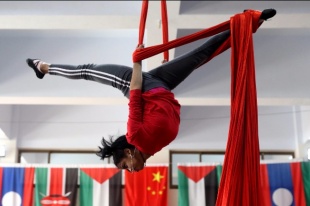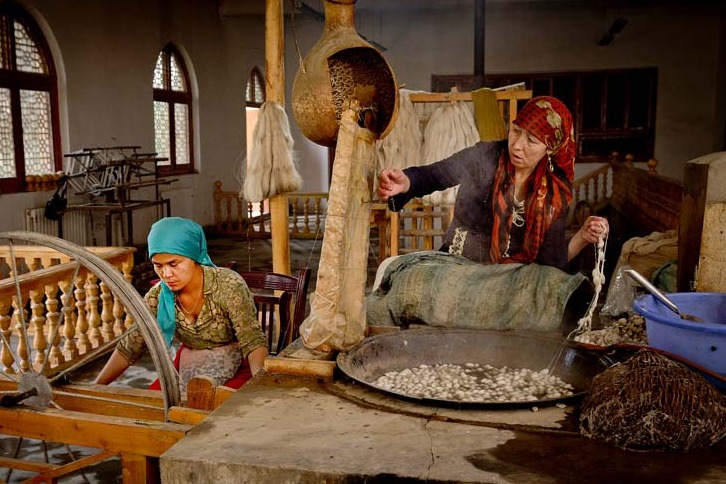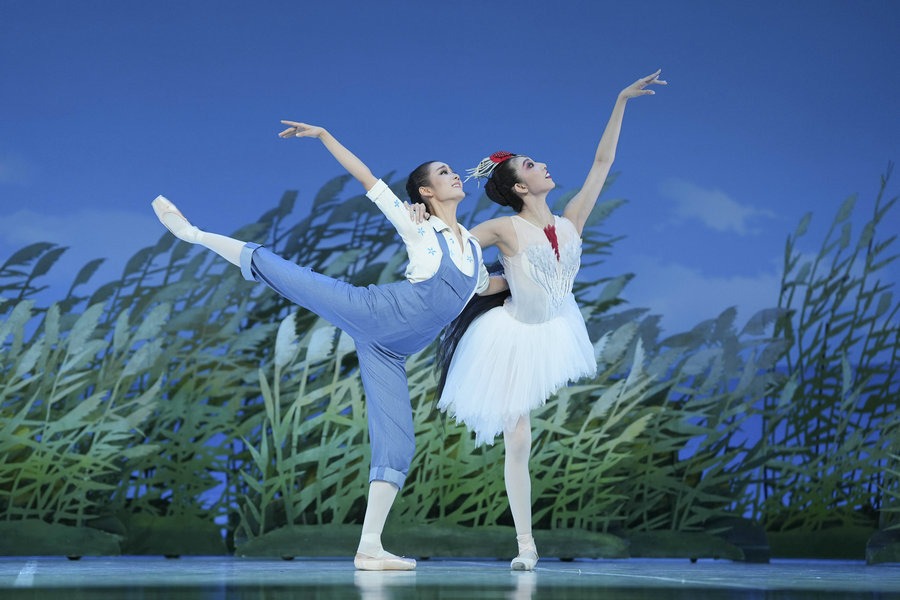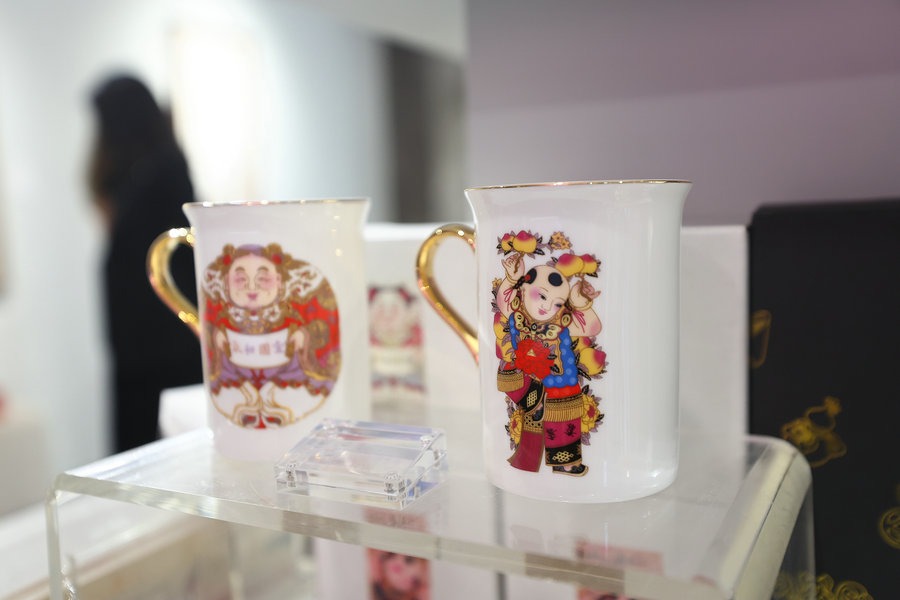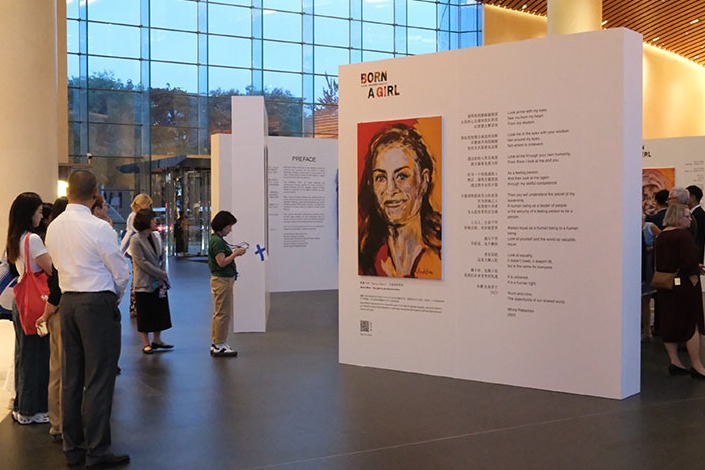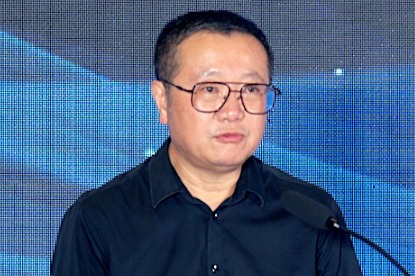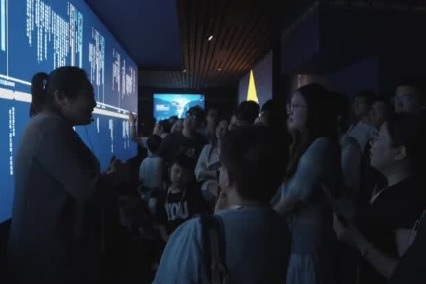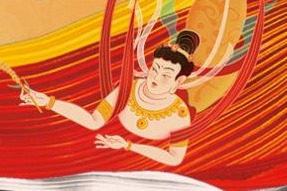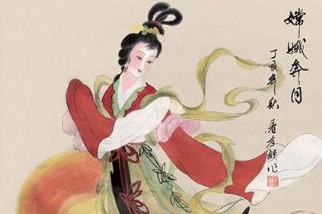Circus County

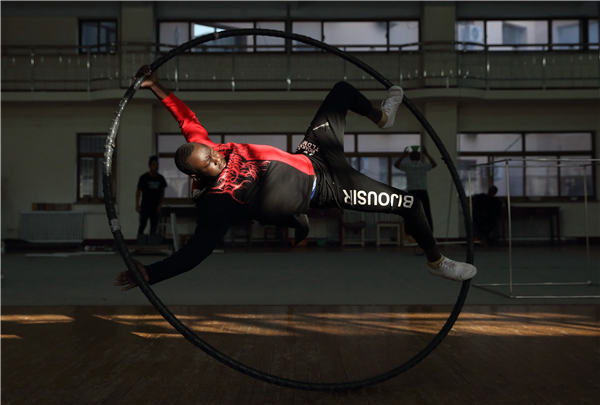
Hikma Baharu, 16, from Ethiopia arrived at the school six months ago and she was surprised to see the moves of the Chinese students.
"It's much easier to watch them performing and then practice the techniques," says Baharu, who joined a circus group in Ethiopia called Circus Dolphin, before coming to China.
"I will tour with Circus Dolphin, performing programs I learn from China. I like the circus and when I get older, I will work as an administrator, dressmaker or a set designer."
Near the Hebei Wuqiao Acrobatic Art School is the Wuqiao Acrobatic World, a tourist site presenting the county's history of acrobatics.
According to Yan Wenru, vice-manager of Wuqiao Acrobatic World, the venue opened in 1993 and attracts about 500,000 tourists every year.
With two big theaters-one for acrobatic shows and the other for magic shows, the site also has outdoor tents, which have shows every day from 9 am to 5 pm.
"Tourism is the main industry in Wuqiao," says Yan.
According to Yang Xingming, the deputy-director of the Wuqiao county tourism bureau, Chinese circus acrobats are now regarded among the best in the world and Wuqiao trains talent from across the country.
As of now, there are more than 70 private acrobatic troupes and one government-supported troupe in Wuqiao. And they stage about 200 shows across the country every year.
The average income of each troupe is 2 million yuan ($316,300), Yang Xingming says, adding that China's economic development and growing tourism industry has brought prosperity to the traditional art form.
However, like many traditional Chinese art forms, acrobatics is facing challenges, such as the shortage of young artists.
"It's not just a challenge for Wuqiao but also for troupes around the country," Yang Xingming says.
So, efforts, such as recruiting students from outside Wuqiao, lowering school fees and popularizing the art from among primary school students in Wuqiao, are being implemented to change the situation, he says.


